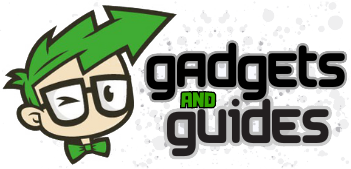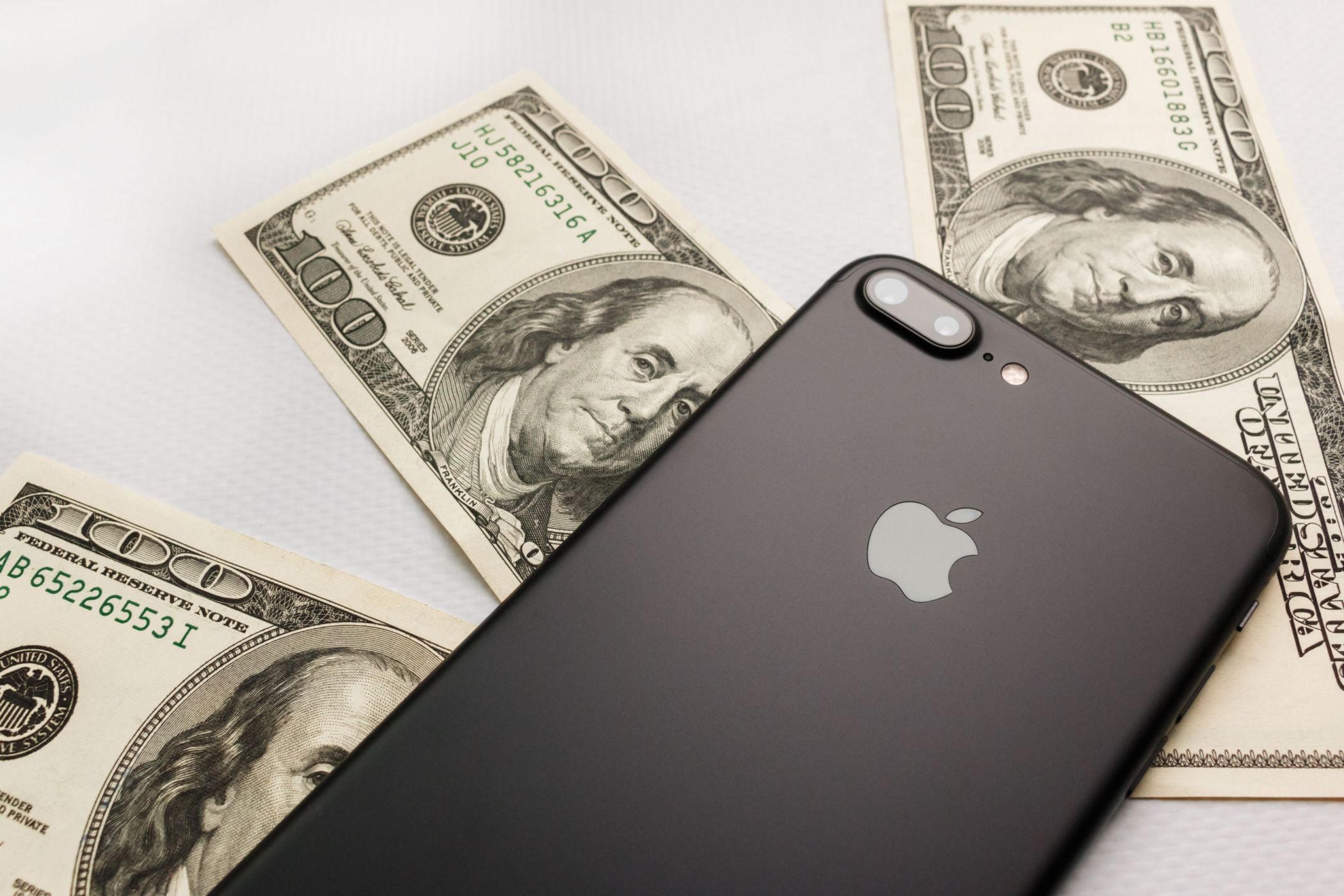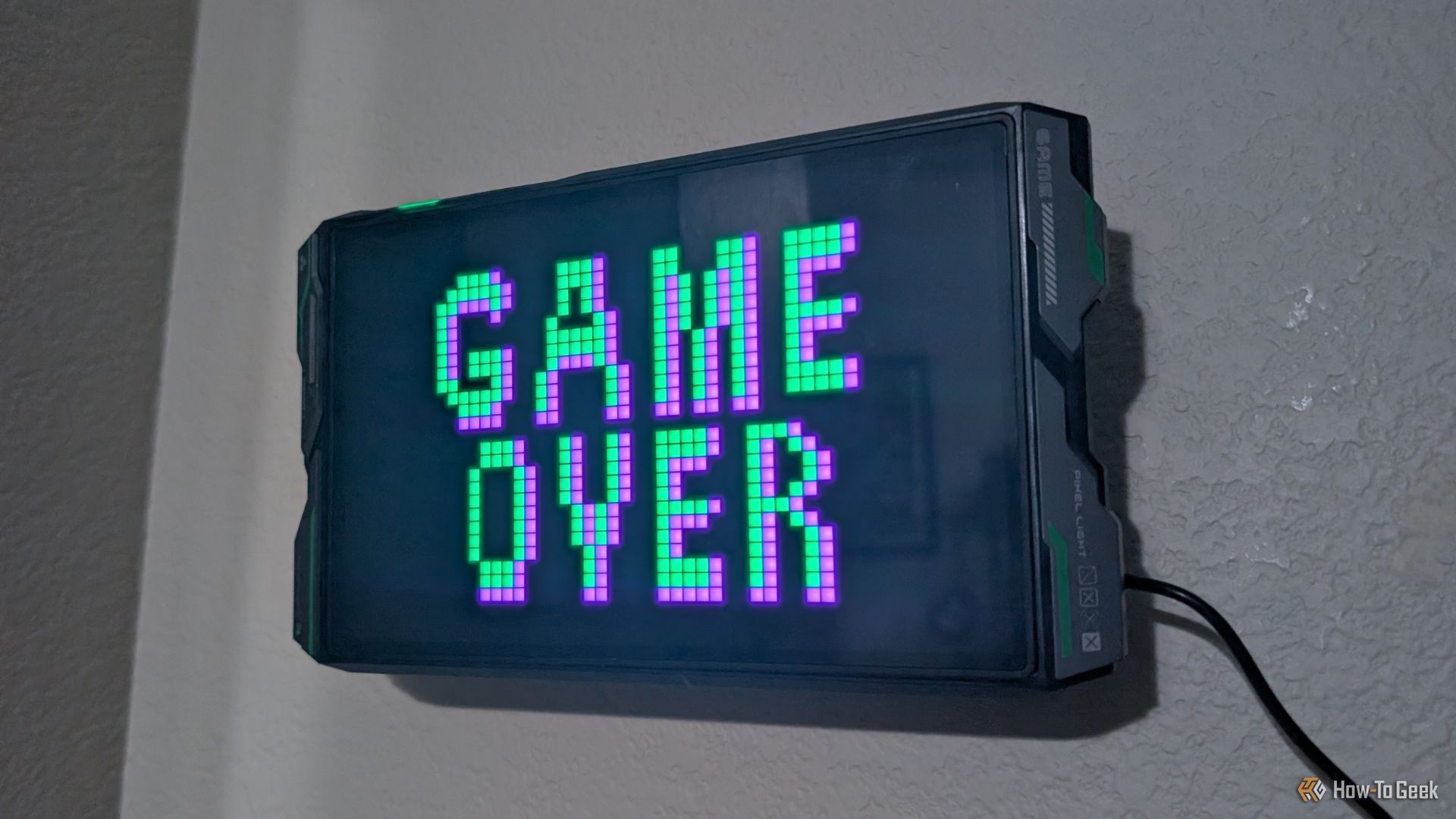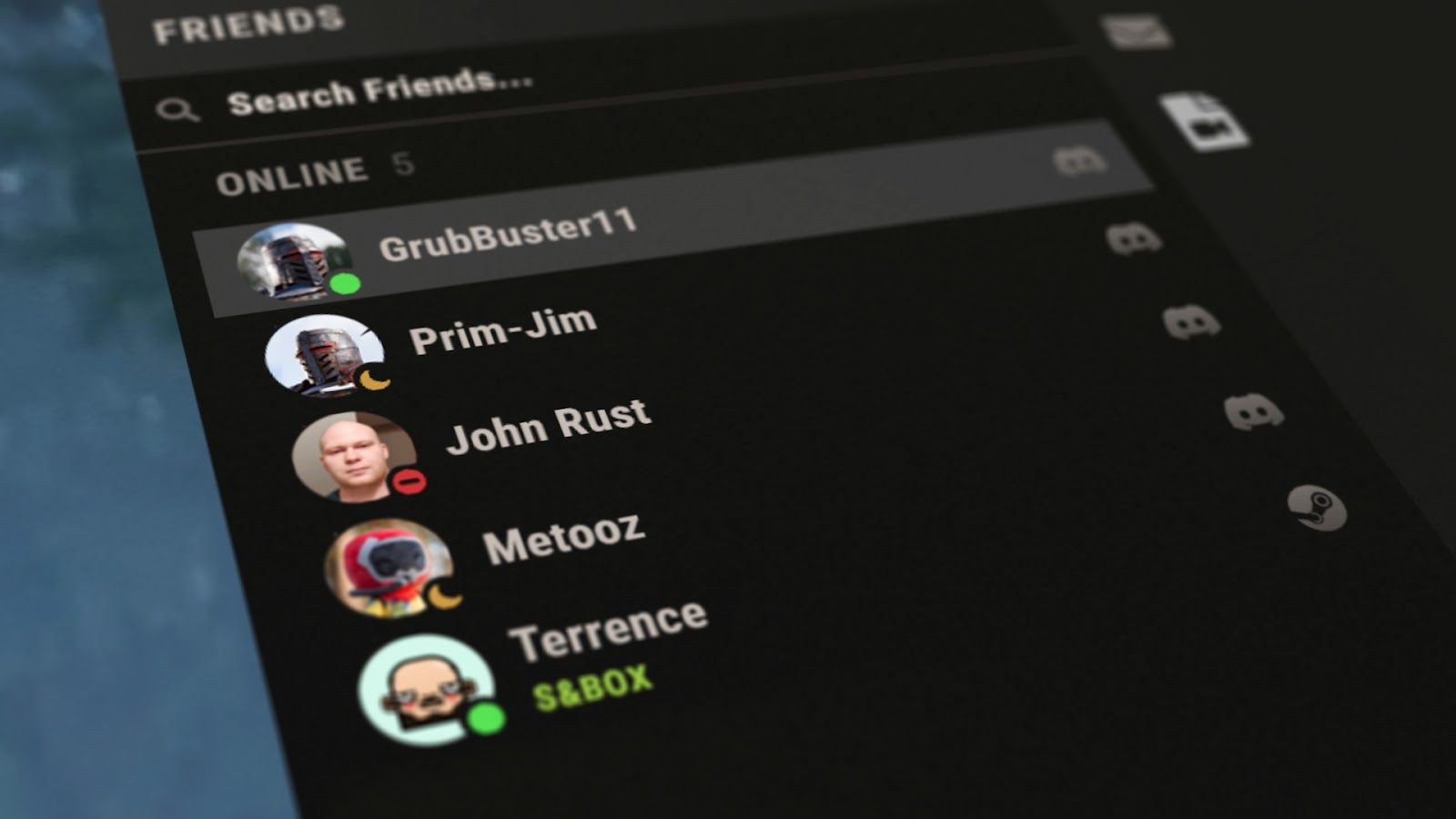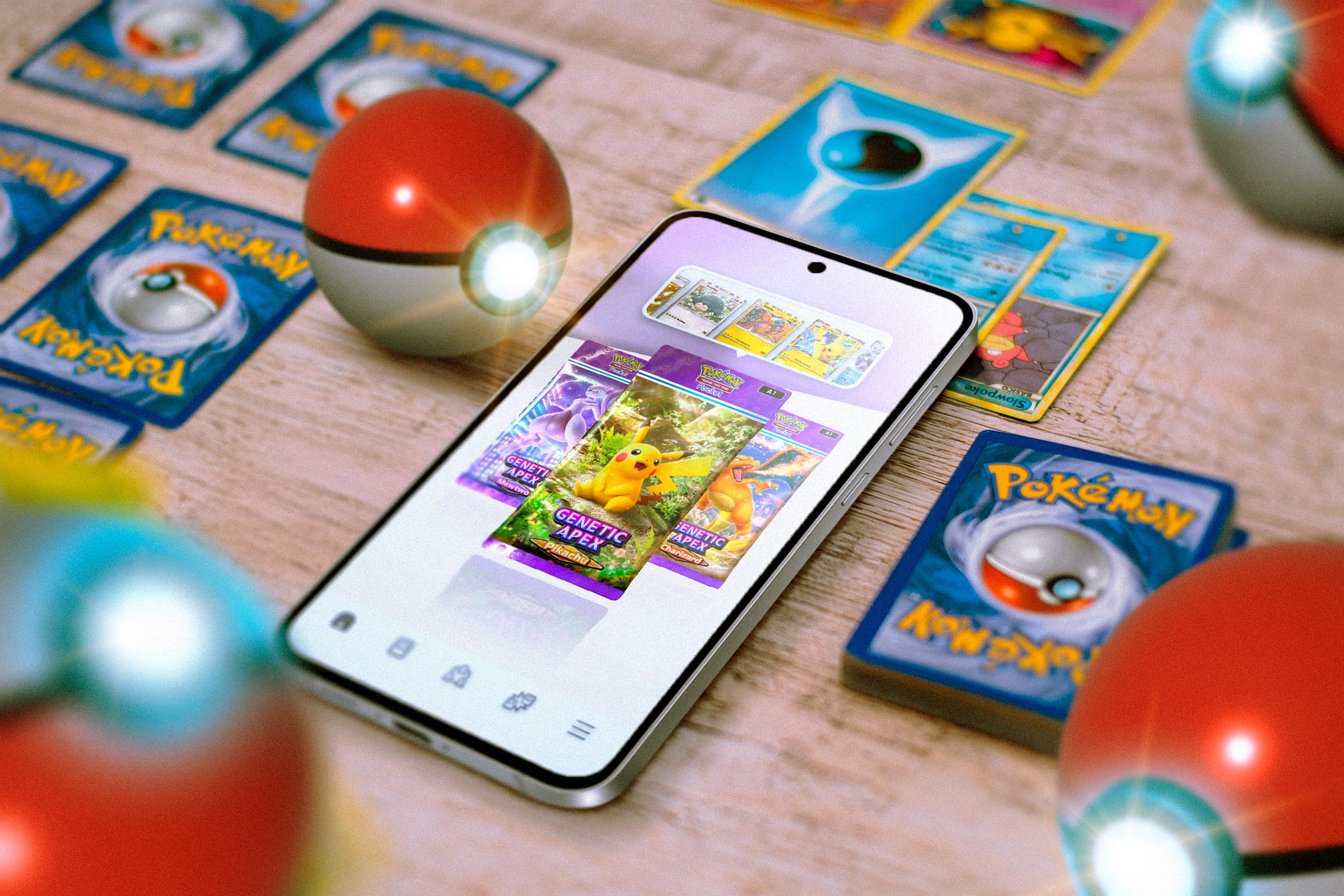7 Signs It’s Time to Quit a Mobile Gacha Game
Mobile games based on randomly pulling digital items—called gacha games—deploy psychological tricks that keep you playing every day while making it increasingly difficult to quit. It’s hard to tell when you’re wrapped up in this vice-grip, and even tougher to disentangle from it.
I’ve been there, so I know the signs to look for that it may be time to quit. If any of these seven situations resemble what you’re experiencing, consider changing your relationship with the game or uninstalling it altogether.
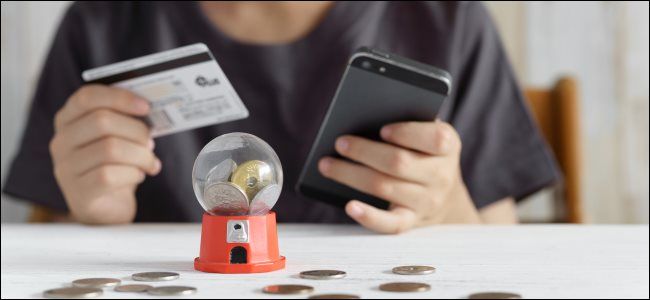
Related
What Exactly Is a “Gacha” Video Game?
Gacha games can be addictive (and expensive) to play. Here’s what to look out for if you want to hang on to your cash!
7
You’re Feeling the Sunk Cost Fallacy
By becoming a part of a player’s daily routine, gacha games create an ever-increasing sense that quitting would make all the time and money invested go to waste. This is called the sunk cost fallacy.
If you’re feeling this, it’s probably because you’re playing out of habit or a false sense of commitment rather than fulfillment and fun. Also, you don’t want those years of rare pulls and that hard-earned progression to be for naught.
Keep this in mind, though: your progression was built upon artificial scarcity designed to keep you hooked via exactly the state of mind you’re experiencing. By continuing to play, you’re only going to dig that hole deeper for the sake of continuing the grind, with the only possible conclusion being an end of service where your hard work disappears.
Getting out when you’re not enjoying yourself anymore allows you to retain good memories of your time with the game. You may even be able to return to them if an offline mode like a collection library is made available following the game’s end of service. Most gacha games don’t receive that treatment, though, and you don’t want to feel like a chump for continuing to invest in a game you don’t enjoy once it ceases to exist.
6
It Feels Like a Second Job
Be it through school or work, daily life is already a grind. Games should be a release from this, not feel like another job.
If you’re enjoying the daily tasks most gacha games employ to keep players engaged regularly, then you’re golden. On the other hand, if you’re forcing yourself to play just to compulsively nab those rewards, it quickly becomes a mundane grind toward goals that will only serve to perpetuate that grind further. Worse is if you’re paying to perpetuate this unpaid labor.
One option if you want to try and recapture the fun you used to have with a gacha game is to cut back on your playtime. Focus only on the content you find meaningful, take breaks between updates, and put aside any notions of min-maxing. If this fails, turn in that resignation letter with the understanding that no game is meant to be fun forever.

Related
I Stopped Playing Video Games That Don’t Respect My Time (You Should Too)
Video games are a time investment, but some are designed to waste your time.
5
You’re Spending More Than You Can Afford
If you plan to spend money on a gacha game, it’s crucial to make sure you set a budget for yourself and stick to it. If you’re going over that budget, you’re headed down a slippery slope that could leave a regrettable dent in your bank account.
Skinner boxes are designed to keep you pulling their slot machine lever for a chance at a desired prize. So-called “whales” often knowingly spend large sums of money to put the odds in their favor, but where things get problematic is the average player receiving death by a thousand unplanned micro-purchases. It may seem insignificant to spend a few dollars here and there, but once you start easing your justification for pulling the lever, it quickly adds up to an unwanted credit card surprise.
A middle ground to help you spend on a lower budget is a season pass or equivalent monthly subscription. Most gacha games have one and it’s often the best value-for-money. If you keep your spending strictly to this, you get the satisfaction of a boost to your progression while remaining in control of exactly how much money you put into a game.
Meanwhile, if you’re spending when you can’t afford it, you probably should delete the game altogether before it causes real-world financial issues.
4
FOMO Tactics Are Ramping Up
Gacha games tend to kick off by giving the player lots of pulls and in-game currency for free to the point where monetization feels like an afterthought. However, no mainstream game is made without looking for profit, especially gacha games where the entire design is based around monetizable elements.
Over time, gacha games become more and more confident in gating high-level progression behind paywalls. This can take many forms, from limited-time events with meta-defining banners to new mechanics that require a great surplus of rare items, to collectibles you can only receive with real money. All of this is designed to induce an insidious fear of missing out (FOMO) validated by power creep. Didn’t pull on the banner only available for a month? You may be lacking an item that is crucial in upcoming end-game content. One month later, rinse and repeat.
It goes without saying that this is incredibly toxic game design. Practices don’t usually revert to user-friendly models either, as these tactics are proven to boost profits in the short term. Unless you have the want and capacity to keep up with this (something you’ll likely need to spend money on), follow the signs to your nearest exit.
3
End of Service Signs Are Showing
When they reach a fever pitch of regularity and repetition, scummy business practices like the one I just described are often a sign that a publisher is trying to milk player before the game’s end of service. It goes without saying that there’s little value to continuing to play at this point as all that progress will be wiped away in short order.
If you’re trying to suss out whether an end of service is on the horizon, other signs to look for include repeated old banners and a lack of new content. If it feels like a fire sale on coveted items to squeeze money out of users one last time, trust your instincts. The only reason to collect in these cases is if you know some form of offline mode will replace the current game after its end of service. Otherwise, end your service first.
2
Social Components Feel Uncomfortable
Despite being inherently online as they need a connection to servers to function, gacha games vary wildly in how much they push social aspects. However, one common tactic to help ingrain a sense of commitment from the player is to increase the scope of socialization over time.
For example, a previously single-player experience can add guilds where daily contributions and participation in guild-centric events are key to earning rewards. In these instances, players are made to feel that they’re letting guild members down if they aren’t constantly active. Inner-guild leaderboards also provide a metric by which one can measure their own power level on a more tangible scale, encouraging play and pay to stay competitive.
This is just one example of a social tactic used, but the point is, if anything along these lines makes you feel uncomfortable or pushes you to play in ways you otherwise wouldn’t care to, that’s as good a reason as any to walk away. At the same time, these social components can help players find renewed fun in a game, so how you feel will be up to personal preference.
1
You Want to Try Another Gacha Game
I firmly believe that it’s perfectly valid to like gacha games. The dopamine rush of opening Skinner boxes has become as popular as it is because there’s an inherent fun to it. Additive and easily manipulated fun, sure, but fun is fun.
However, playing more than one gacha game is often a huge time ask that many people don’t have. If a new game catches your eye and you’re growing tired of your current haunt, there’s no shame in swapping over. In fact, regularly jumping between gacha games to get your loot kicks is a good way to avoid the sunk cost fallacy and FOMO.
Speaking of gacha games, I’d love to see Nintendo return to the market. If Mario Kart World is any indication, they’re having a positive impact on their console counterparts.

Related
Why The Switch 2 Should Embrace These Nintendo Mobile Games
This could bode well for a Miiverse revival.


